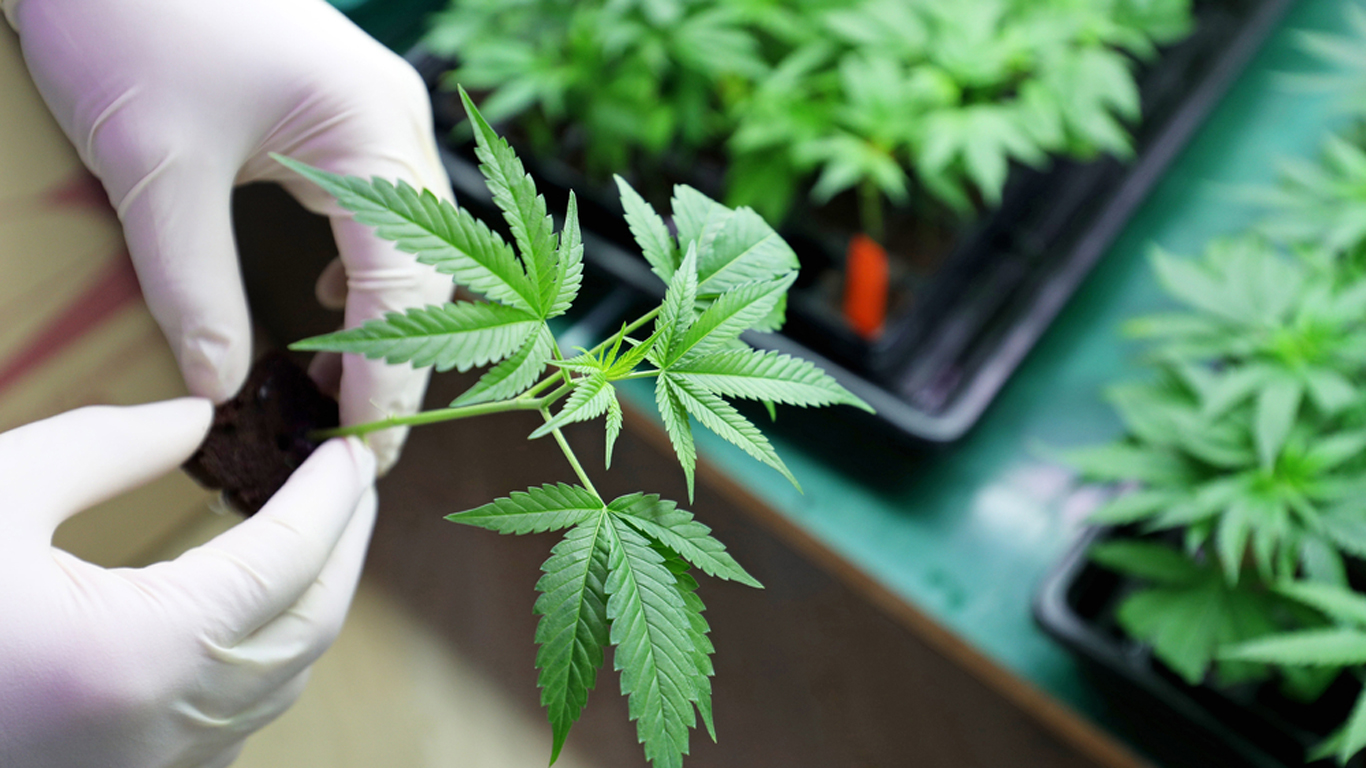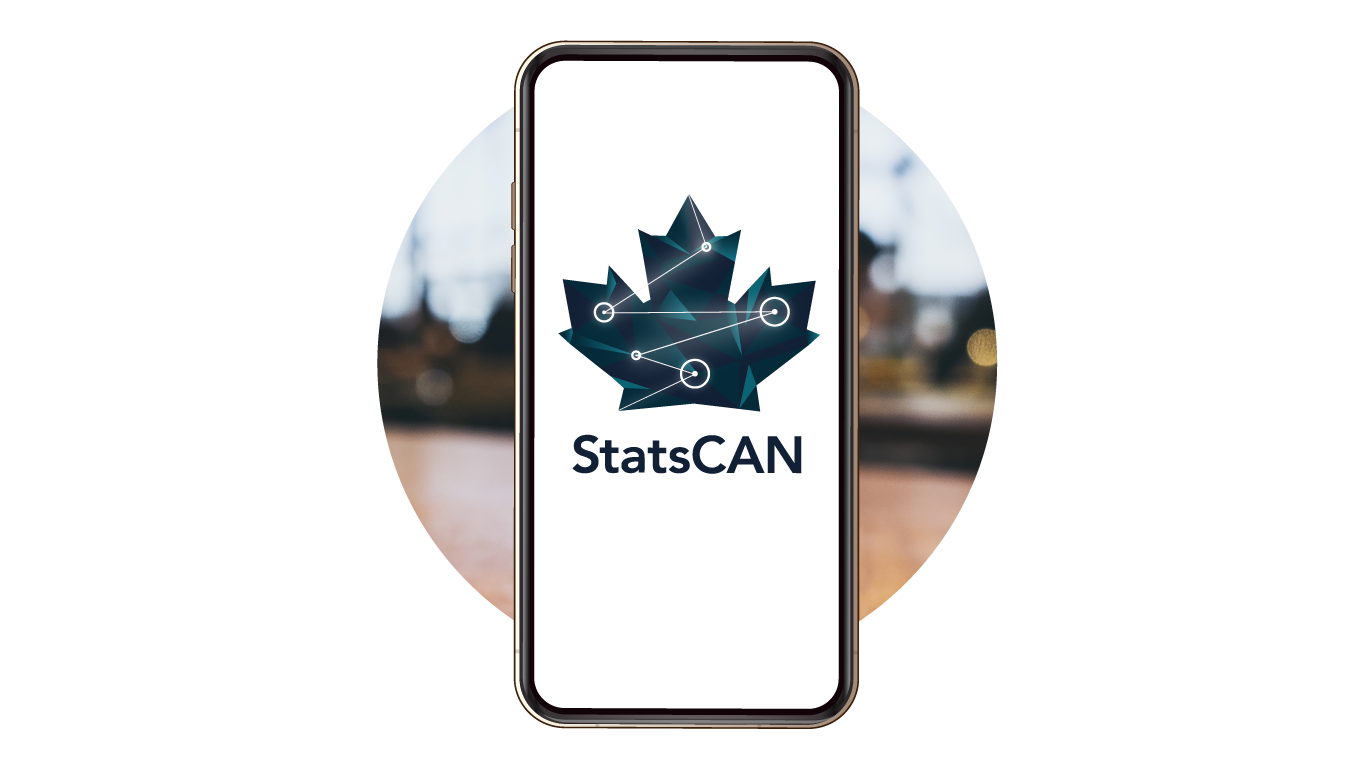
We’ve got cannabis in Canada covered from every imaginable angle, from growing to sales, consumption and crime right through to (ahem) wastewater. Most importantly of all, we have talked to Canadians and learned what they have to say about cannabis post legalization.
Over one in three Canadian adults use cannabis
In 2023, more than one-third of adults aged 18 to 24 years (38.4%) and 25 to 44 years (34.5%) reported using cannabis in the previous 12 months, compared with 15.5% of adults aged 45 years and older.
About 1 in 10 adults aged 18 to 24 years (8.7%) and 25 to 44 years (10.3%) reported using cannabis daily or almost daily in the previous 12 months, compared with 4.8% of adults aged 45 and older.
Dried cannabis remains the top seller but inhaled extracts catching on
Sales of recreational cannabis by provincial cannabis authorities and other retail outlets increased 15.8% to $4.7 billion in the 2022/2023 fiscal year. Most of the increase was due to higher sales of inhaled extracts (+59.0%), which accounted for one-quarter of total cannabis sales.
Dried cannabis remained the top seller in 2022/2023, accounting for almost two-thirds (64.9%) of sales.
Canadians of legal age spent on average $150 per year per person on cannabis in 2022/2023.
Two of every five dollars spent on legal cannabis enter government coffers
Federal and provincial governments received $1.9 billion from the control and sale of recreational cannabis in 2022/2023, up by almost one-quarter (+24.2%) from a year earlier.
Over two-thirds of Canadians who used cannabis in the previous 12 months bought legal cannabis
With more than 3,000 legal cannabis stores in Canada, over two in three cannabis consumers bought from the legal market. Among those who used cannabis in the 12 months before the survey, just over 7 out of 10 (71.7%) bought exclusively from legal sources.
The main reasons reported for buying cannabis from a legal source were product safety (38.0%), convenience (16.9%) and a desire to follow the law (12.9%).
Cannabis-related drug offences drop as a result of legalization
Before legalization, cannabis possession was almost always illegal and accounted for the majority of cannabis-related drug offences.
After legalization, total cannabis-related offences fell overall, and under the new legislation, most offences are related to illicit importation and exportation.
In 2022, two-thirds (67%) of the 10,824 total cannabis offences were for illicit importation and exportation, and 12% of cannabis-related offences were for possession.
The downside of cannabis
Frequent cannabis use may be a sign of dependence. A recent study found that almost three in four daily cannabis consumers (72.4%) experienced impaired control over their use of cannabis and were at risk for developing cannabis use disorder.
Cannabis growth stunted in 2023
Growers sold $2.8 billion of cannabis seeds, vegetative plants and flowering tops (including leaves) in 2023, down 2.9% from a year earlier but 75.5% higher compared with 2019—the first full year of legalization.
Wastewater is flush with anonymous cannabis usage data
The Canadian Wastewater Survey has been regularly collecting wastewater samples from select municipalities across the country since 2019 to test for various drugs, including cannabis. Wastewater testing also proved a key tool to gauge COVID-19 levels during the pandemic.
What makes this survey so valuable is that a single sample represents the entire community served by the wastewater treatment plant at very low cost, provides nearly real-time data and, importantly, is naturally anonymous.
In line with results from other sources, wastewater testing has shown that cannabis usage has significantly increased in all the measured cities in recent years.
Growth was highest in Toronto, where average cannabis levels were up 85.2% in 2023 from three years earlier. Metro Vancouver saw the second-highest increase, with levels up 56.0% from three years earlier.
While Halifax has consistently had the highest average cannabis levels in wastewater nationally since data collection began, they had the smallest increase (+27.5%) among participating municipalities from 2020 to 2023.

StatsCAN app
Did you know you can read StatsCAN Plus articles and more on the StatsCAN app? If you’re already using the app, let us know what you think by leaving a review in the App Store and Google Play.
Contact information
For more information, contact the Statistical Information Service (toll-free 1-800-263-1136; 514-283-8300; infostats@statcan.gc.ca) or Media Relations (statcan.mediahotline-ligneinfomedias.statcan@statcan.gc.ca).
